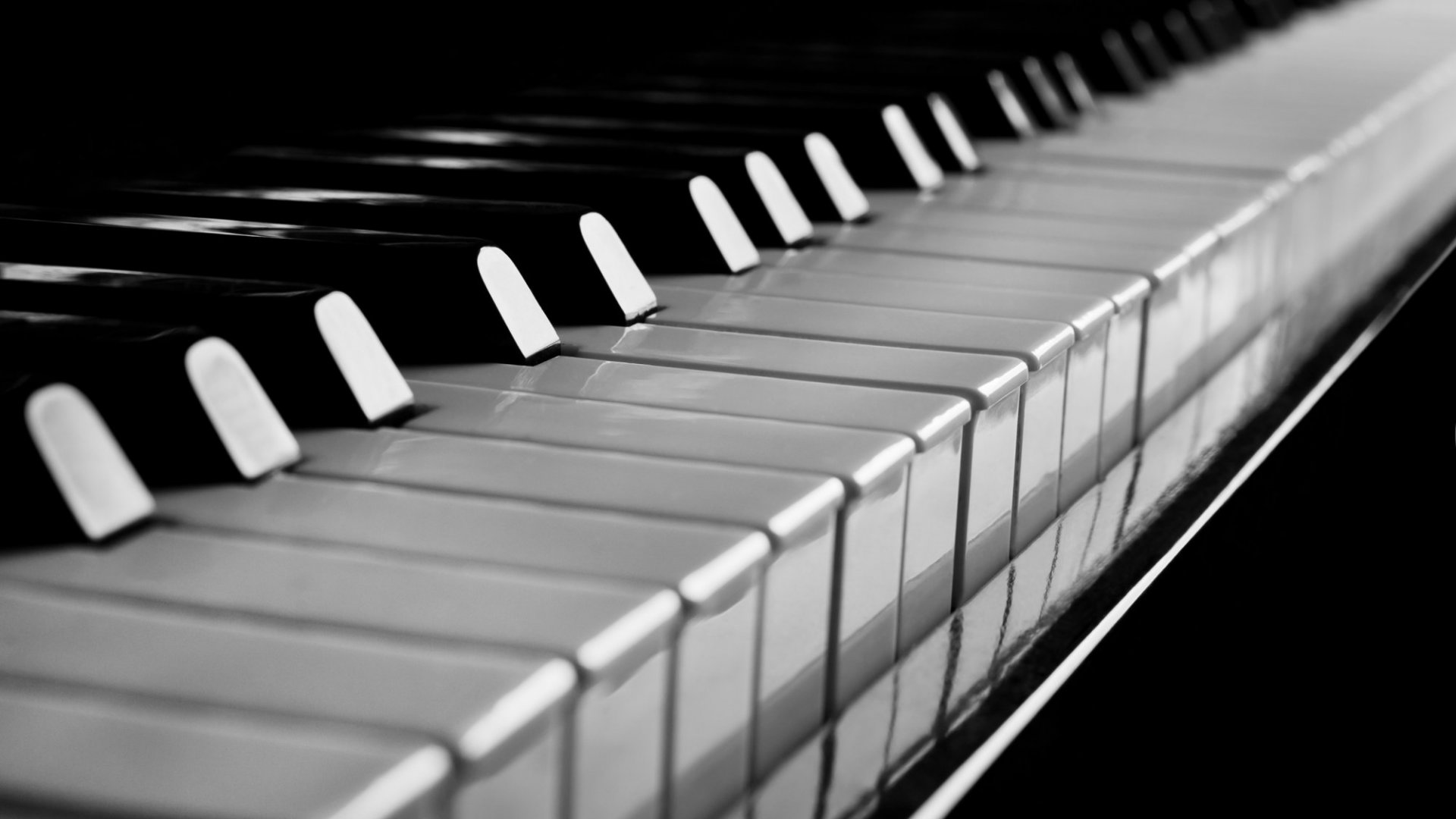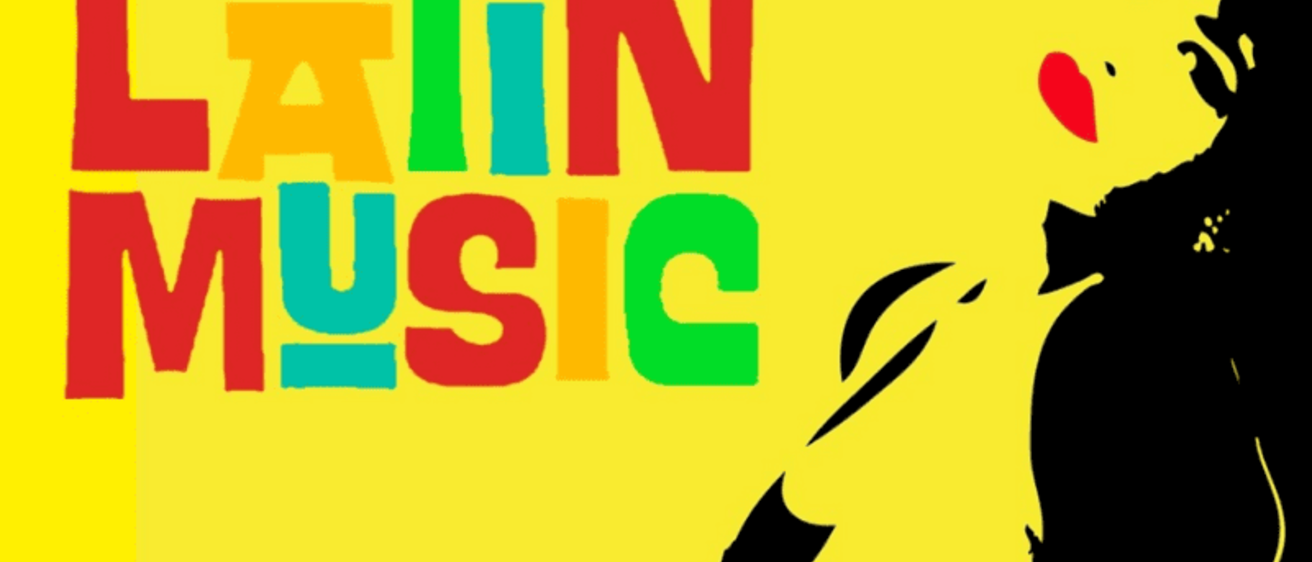The classical piano, also known as the grand piano or concert piano, is a versatile and expressive instrument that has played a central role in Western music for centuries. With its rich history, complex design, and vast repertoire, the classical piano continues to captivate audiences and inspire musicians around the world.
History and Development
The history of the piano can be traced back to the early 18th century, when Italian instrument makers developed the harpsichord, a keyboard instrument that used quills to pluck strings. The harpsichord was eventually replaced by the piano, which used hammers to strike the strings, producing a louder and more dynamic sound.
In the 19th century, the classical piano underwent significant development, with composers like Beethoven, Chopin, and Liszt pushing the boundaries of the instrument’s capabilities. The piano’s design also evolved during this period, with larger, heavier instruments being produced to accommodate the demands of virtuoso pianists.
Construction and Features
A classical piano is a large, complex instrument consisting of several key components:
- Frame: The frame is the main structural element of the piano, providing support for the soundboard and strings.
- Soundboard: The soundboard is a large, wooden panel that vibrates in response to the strings, producing the sound of the piano.
- Strings: The piano has seven octaves of strings, arranged in groups of three. The strings are made of steel and are stretched between the tuning pins and the bridge.
- Action: The action is the mechanism that connects the keys to the hammers. When a key is pressed, the action causes the hammer to strike the corresponding string.
- Pedals: Most classical pianos have three pedals: the sustain pedal, the soft pedal, and the una corda pedal. These pedals can be used to modify the sound of the piano.
Musical Styles
The classical piano is a versatile instrument that can be used to play a wide range of musical styles, including:
- Classical repertoire: This includes solo works by composers like Bach, Mozart, Beethoven, and Chopin, as well as chamber music and orchestral pieces.
- Romantic music: The Romantic era saw a flowering of piano music, with composers like Liszt, Schumann, and Brahms writing some of the most expressive and technically demanding works for the instrument.
- Modern and contemporary music: The piano has continued to evolve in the 20th and 21st centuries, with composers like Debussy, Ravel, and Scriabin exploring new harmonic and rhythmic possibilities.
Famous Composers and Performers
- Wolfgang Amadeus Mozart: A child prodigy who composed some of the most beautiful and elegant piano music of the Classical era.
- Ludwig van Beethoven: A groundbreaking composer who pushed the boundaries of piano technique and expression.
- Frédéric Chopin: A Romantic composer and virtuoso pianist whose lyrical melodies and expressive style continue to captivate audiences today.
- Vladimir Horowitz: A legendary pianist who was renowned for his technical brilliance and emotional intensity.
- Martha Argerich: A contemporary pianist who is celebrated for her virtuosity, passion, and interpretive skills.
Learning to Play the Piano
Learning to play the piano can be a rewarding and fulfilling experience. It requires dedication, practice, and a love for music. There are many resources available to help you learn, including books, online tutorials, and private lessons.
With patience and perseverance, you can develop your skills and enjoy the beauty and versatility of the classical piano.
Would you like to know more about a specific composer, technique, or piece of piano music?



